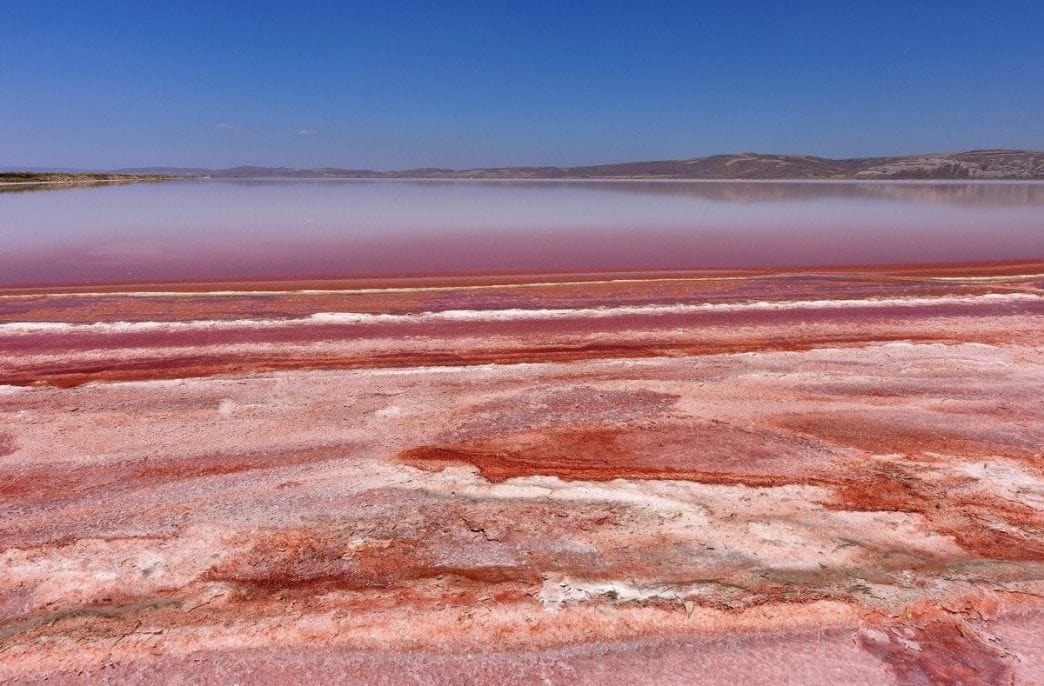Helm has become Salt Lake Potash’s customer

The Australian company Salt Lake Potash has contracted Helm, Germany, to supply sulfate of potash that will be drawn from the salts harvested from the Lake Way as part of the Goldfields Salt Lakes project. According to the terms of the deal, Salt Lake Potash will ship 50 thousand tons of sulfate of potash per year to Helm within 10 years.
Previously, Salt Lake Potash had signed offtake agreements with three fertilizer distributors: Unifert, Indagro and Fertisur. Salt Lake Potash will sell Unifert 60 thousand tons per year to distribute across the Middle East and Africa; Fertisur will purchase 60 thousand tons per year which will be sold in South America while Indagro will take 50 thousand tons per year to resell into North America and Europe.
Salt Lake Potash is planning to build a pilot plant with the capacity of 50 thousand tons of sulfate of potash per year. The product is going to be marketed and sold through a small circle of global distributors.
If the enterprise performs well, then Salt Lake Potash will gradually increase the production and processing of potash salts: the company has already begun preparing a banking feasibility study into developing a sulfate of potash operation of 200 thousand tons of SOP per year.
But taking into account the contract with Helm, the planned sales volume of sulfate of potash amounts for about 220 thousand tons per year: obviously, Salt Lake Potash is yet planning a large production volume of SOP than assumed before or is insuring against possible marketing problems.



